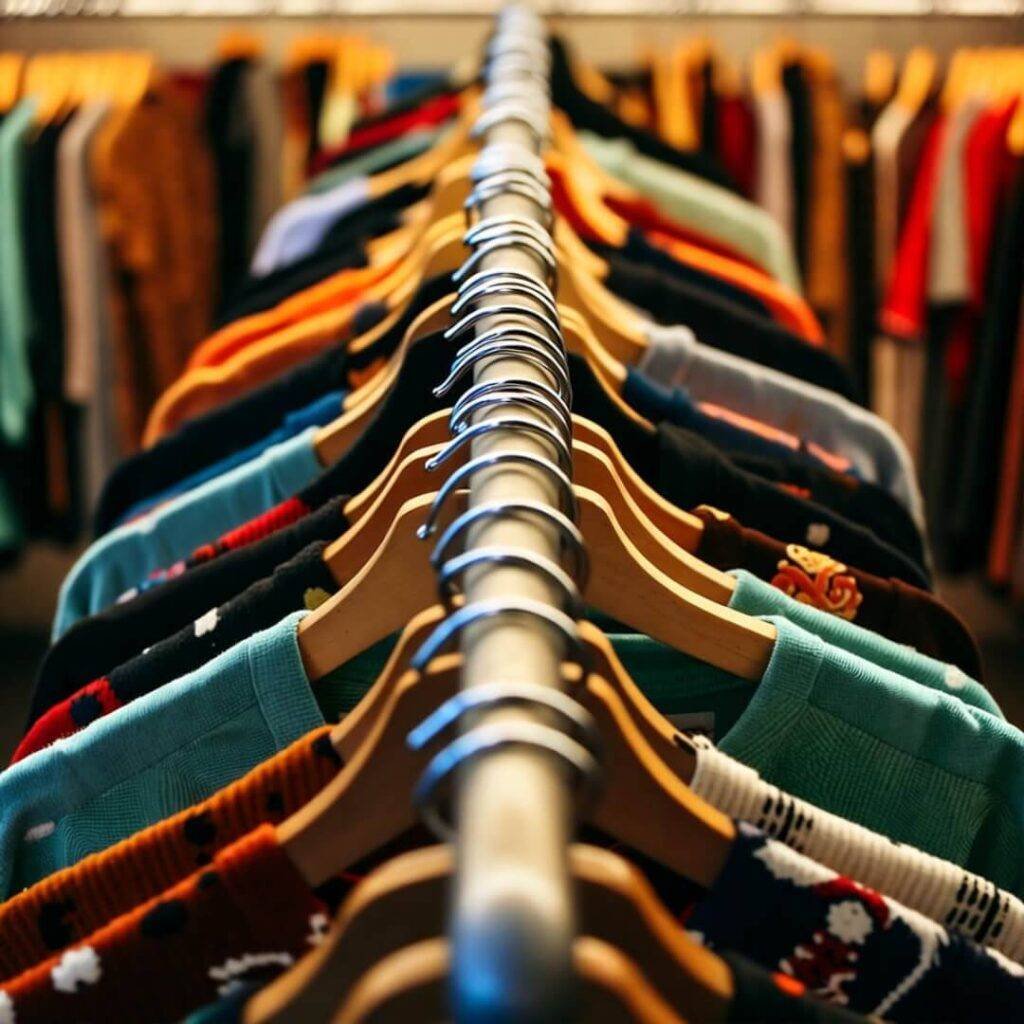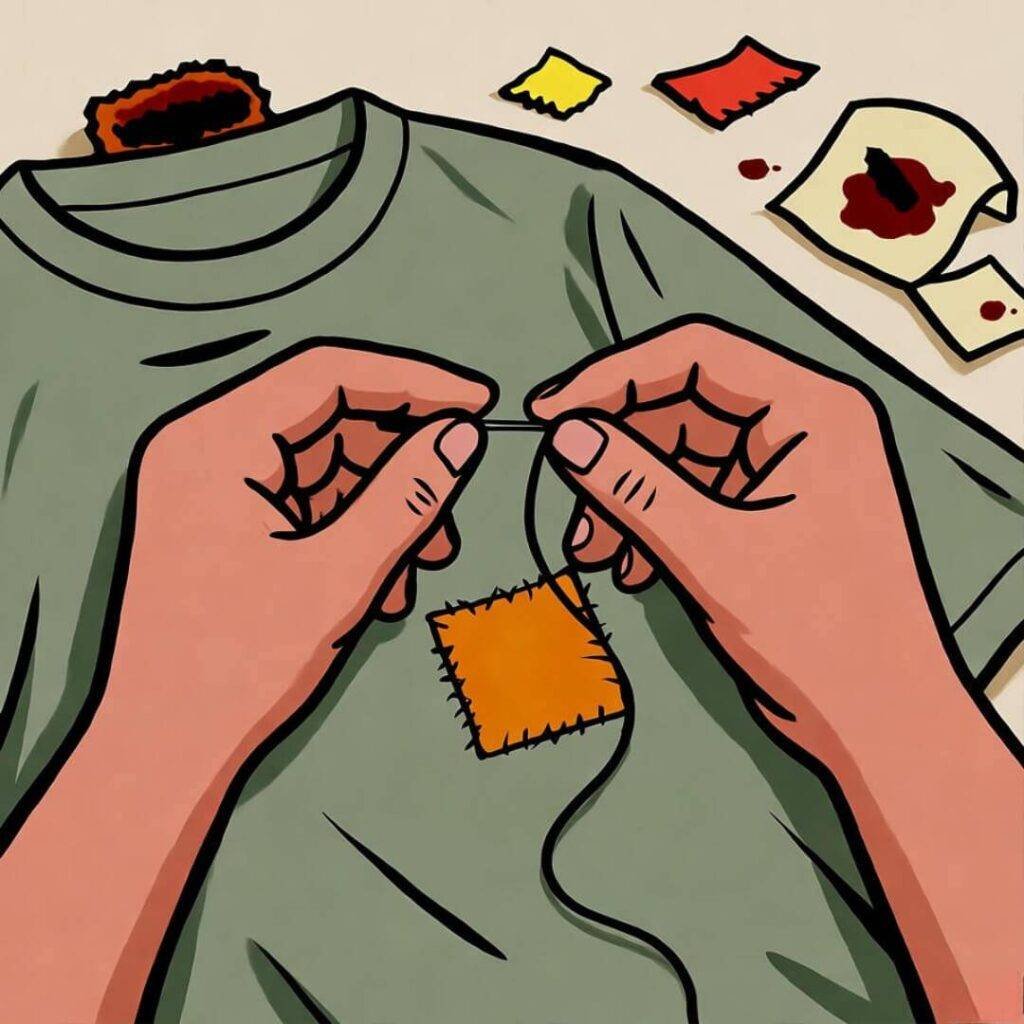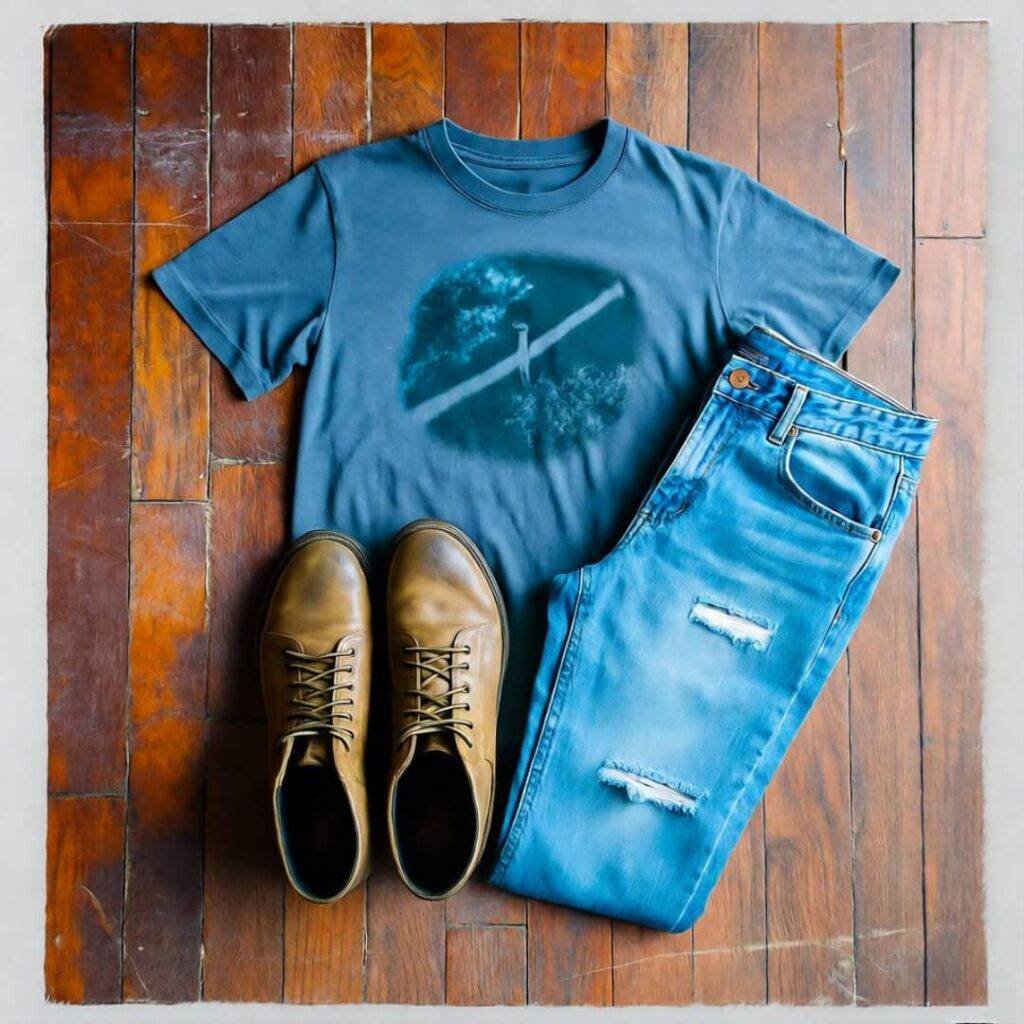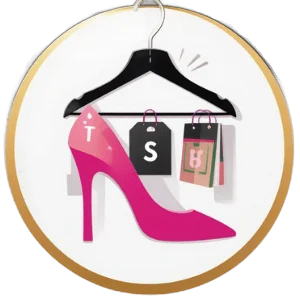Eco-friendly wardrobe’s my new obsession, and I’m fucking it up in my sweaty Austin apartment, where the fan’s screaming and my cat’s giving me the stink-eye from a pile of thrifted shirts I haven’t touched in forever. I’m no eco warrior, y’all. I’m just a 30-something disaster trying to ditch fast fashion and not fuck the planet. My desk’s got a stale breakfast taco, my coffee’s cold as shit, and I’m buried in clothes I swore I’d “sort out.” Here’s my sloppy, real-as-hell story of building an eco-friendly wardrobe from the ground up, with all my dumbass mistakes and tiny-ass wins.
Why I’m Even Bothering with an Eco-Friendly Wardrobe
I used to be a fast fashion slut. Like, I’d hit those big stores, grab a $10 shirt, wear it once, and toss it when it ripped. Fucking embarrassing. Last summer, I was at this dive coffee shop on East Sixth, chugging an iced latte, scrolling X, and saw some post about how fast fashion’s killing the earth (Greenpeace lays it out raw). It hit me like a slap. I went home, stared at my closet—stuffed with crap I hated—and felt like a total fake. So, I decided to start fresh with sustainable threads, even if it meant looking like a complete idiot.
An eco-friendly wardrobe’s more than just buying “green” shit. It’s about rethinking your whole deal with clothes. I’m figuring it out, but it’s a mess—think me, covered in thrift store dust, or turning my favorite tee pink in a laundry fuck-up. Yeah, I’m a trainwreck.
Step 1: Thrifting Like a Total Moron
Thrifting’s my shit now, but I was a complete dumbass at first. My first trip to a Goodwill down the street was a nightmare—sweaty as hell, digging through smelly-ass jackets, chasing a “vintage” shirt that stank like someone’s attic. But then I scored some dope jeans for $5, and I was like, “Hell yeah.” Thrifting’s gold for an eco-friendly wardrobe ‘cause it keeps clothes out of landfills and skips making new crap (Vogue’s got the dirt on why secondhand’s the move).
My Thrifting Tricks (From a Fuck-Up)
- Hit local spots. Austin’s got places like Blue Hanger—some of the cash helps charities, which is dope. Google “thrift stores near me” for yours.
- Check the tags. I go for cotton or linen ‘cause they’re better for the planet. Polyester can eat shit.
- Brace for pain. Thrifting takes forever. I spent three hours once and came home with a random-ass trucker hat. Worth it.
- Wash it all. That thrift store funk? Nasty as hell. I learned that after wearing a stinky sweater all day.

Step 2: Upcycling My Damn Messes
Sewing? I’m fucking awful. Like, I’m watching YouTube vids at 2 a.m., stabbing my finger with a needle, cussing like a drunk sailor. But upcycling’s saved my eco-friendly wardrobe. I had this old tee I ripped after tripping outside a bar on Red River—classic dumbass move. Instead of chucking it, I slapped on a patch from a thrift store bandana. It’s janky as fuck, stitches all crooked, but it’s got soul, and my cat only gave me a half-stink-eye.
Upcycling’s about giving your old shit another shot. You don’t need skills—just a needle and some balls. I got inspo from X posts of people showing off their upcycled gear (this account’s got some wild-ass stuff). Why buy new when you can hack your closet like a drunk craft nerd?

Step 3: My Sad-Ass Capsule Wardrobe Try
Capsule wardrobes sound cool as hell, but they’re my fucking nemesis. The idea’s to own less, mix and match, and actually like your stuff. Easy, right? Fuck no. I’m a chaos goblin who falls for every weird thrift store find. Last week, I stood in my bedroom, holding a thrifted velvet jacket I had to have but can’t wear without looking like a shitty lounge singer. Sustainable threads are supposed to be intentional, but I’m out here hoarding random scarves like a lunatic.
Still, I’m giving it a shot. My capsule’s got like five things—thrifted jeans, a couple tees Roswell, boots I’ve trashed to hell. It’s not cute, but it’s eco-friendly, and that’s something. I lean on blogs like The Good Trade for tips—they break it down without making me feel like a total fuck-up.
My (Barely) Capsule Wardrobe Picks
- Jeans that slap. My thrifted Levi’s are high-waisted and beat to shit—love ‘em.
- Basic tops. Cotton tees or a linen shirt I got for $4. They work with stuff.
- Something loud. My patched scarf’s got this wild-ass pattern that screams “I’m too much.”
- Tough shoes. Thrifted boots that’ve seen some Austin bars.

My Eco-Friendly Wardrobe Fuck-Ups
I’ve fucked up so bad. Like, I bought this “eco” bamboo shirt online, thinking I was saving the world, only to find out it’s made with sketchy-ass chemicals (Earth.org spills the tea). Or the time I fell for a “green” fast fashion brand—total bullshit, and I felt like a damn moron. Lesson: do your fucking homework. Stick to thrifting, check what brands are really about, and don’t get suckered by slick ads.
Also, I’m still learning how to not ruin my clothes. I killed a sweater by tossing it in the dryer—big fucking RIP. Now I’m hand-washing stuff in my sink, which feels like adulting but also like a total pain in the ass. Whatever, I’m trying.
Wrapping Up My Eco-Friendly Wardrobe Shitshow
Building an eco-friendly wardrobe’s been a wild, sloppy-ass ride—part treasure hunt, part total fuck-up. My Austin apartment’s a disaster of thrifted clothes and half-assed sewing projects, but I’m kinda proud of my baby steps. Every time I wear my janky patched tee or those $5 jeans, I feel a bit less like I’m screwing the planet. It’s not about being perfect—it’s about trying, fucking up, and trying again.



